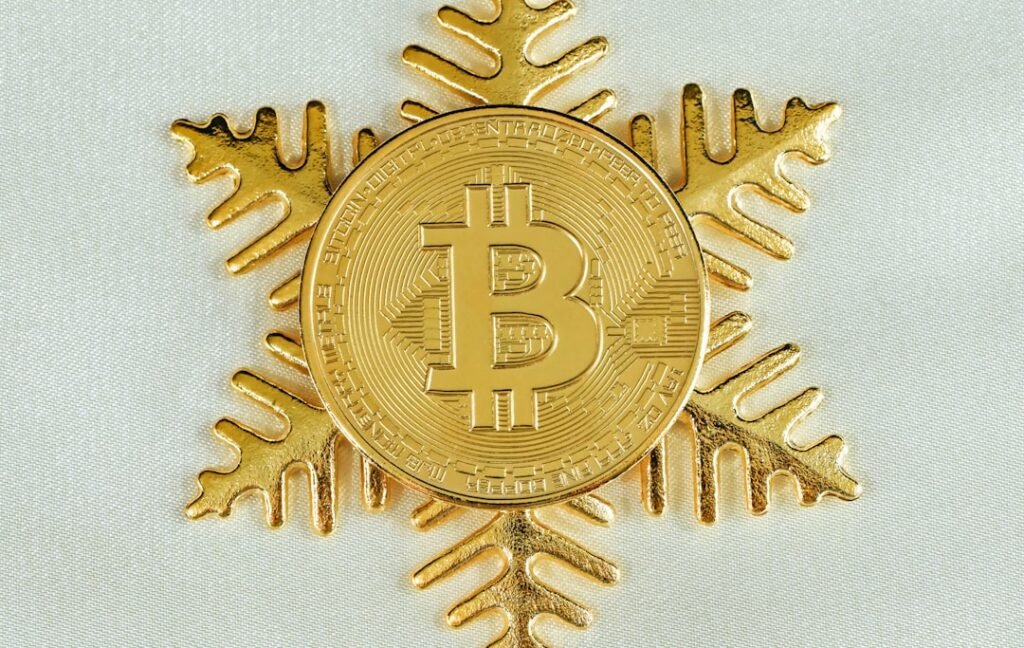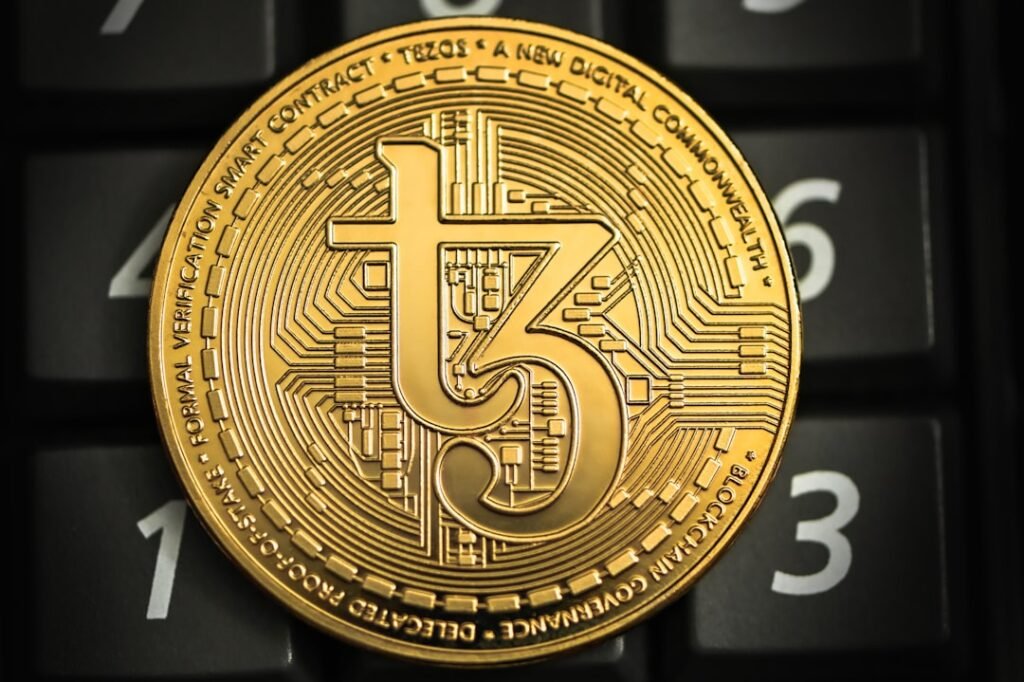The Hong Kong Stablecoin Ordinance, passed by the Legislative Council on May 21, 2025, and gazetted on May 30, 2025, is set to take effect on August 1, 2025. This landmark legislation brings fiat-referenced stablecoins (FRS) operating within Hong Kong or involving Hong Kong dollar activities under a formal regulatory framework, marking a significant shift from the previous gray area of crypto finance.
The ordinance establishes a comprehensive legal infrastructure for digital value, defining stablecoins through technical, economic, and legal dimensions. It introduces a rigorous licensing regime with requirements including a minimum paid-up capital of HKD 25 million, 1:1 reserve backing with high-quality liquid assets, and robust governance standards. The Hong Kong Monetary Authority (HKMA) is granted extensive supervisory powers, including investigation authority, sanction mechanisms, and the ability to appoint statutory managers.
Key prohibitions include unlicensed operations, illegal issuance of specified stablecoins, restricted advertising, and fraudulent activities. The regulation distinguishes itself internationally through features like mandatory face-value redemption obligations and pre-insolvency intervention powers typically reserved for banks.
Notably, the ordinance clarifies that its provisions don’t extend to real-world asset tokenization (RWA), which faces separate legal challenges including cross-border asset transfer restrictions and QFII limitations.
The regulation will fundamentally reshape virtual asset operations in Hong Kong, raising entry barriers for issuers while enhancing investor protection. Market participants must adapt to stringent compliance requirements, with the new framework positioning Hong Kong as a regulated, forward-looking virtual asset hub within the rule of law.











